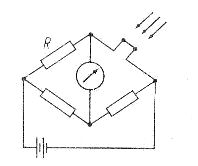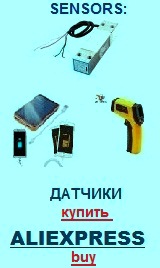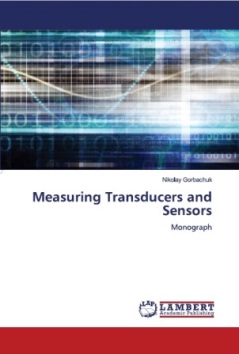Transducers, gauges, sensors - Information portal © 2011 - 2025 Use of material is possible by placing an active link


Home >> Manometers. Pressure gauge >> Termoanemometer method for determining the flow
русский / english
• Information about various converters and sensors of physical quantities, parameters of various physical processes is presented.
• Electrophysical properties and effects in various electrical materials.
• Theory, experimental results, practical application
HEAT FLOW METHODS
Heat flow determination methods are called methods based on the measurement of heat flow depends on the parameters ( temperature, differential temperature or derivatives of these parameter values) controlled flow or the connecting body.
Termoanemometer method for determining the flow
The measuring principle . The method involves determining the flow by the temperature of the heated metal wire electricity ( flow transducer ) placed in a controlled flow of gas. Cooling depends on the rate converter flowing stream of gas physical properties ( thermal conductivity , density and temperature ) and the temperature difference between the converter and the gas.
Fig.1. Anemometer, constant voltage
There are two known methods:
Method A. DC . Current ( or voltage) , the heating wire is kept constant and the measured change in resistance caused by cooling : R = f (V). Parameters and the power bridge circuit (Figure 1 ) are chosen so that at zero velocity V gas it is in equilibrium. Deflection galvanometer is a measure of flow velocity .
The method has a sensitivity sufficient only for low speeds of controlled flow and is not suitable for measuring high velocities (V> 0,5 cm / sec .)
B. Method of constant temperature . Resistance cooled inverter controlled flow is kept constant by adjusting the heating voltage ( voltage of the bridge circuit ) . This voltage or current supply bridge is a measure of the flow rate controlled . With a sufficient degree of approximation of the velocity dependence of the current is of the form
i ^ 2 = B √V + C
where B and C - are constants.
As in the previous case , the sensitivity decreases with increasing thermal anemometer controlled flow rate , but this reduction is substantially less than when using a constant voltage circuit with the heating anemometer.
Fig.2. Flow distribution around a heated cylinder
Rating thermoanemometer ica method. Hot-film method has several advantages : high sensitivity allows the measurement of small and medium flow rates ; miniature size sensor capable of measuring rapidly changing flow rates ; measurement signals of primary converters apply simple circuits and devices ; remote measurement is relatively easy . The disadvantages of the method include : decreased sensitivity with increasing flow rate ; due to the heterogeneity of the wire material need individual calibration of primary converters ; calibration characteristic instability caused by structural changes of wire material caused by heating , dynamic loads , settling dust. Application annealed wire reduces the rate of aging. At high temperatures, the evaporation of the wire is possible . Low operating temperature of the wire increases the influence of the gas temperature . This effect can be eliminated by temperature compensation. Emerging around the hot wire own convective flows of gas ( at zero flow rate controlled ) also distort the evidence , which is especially important when measuring low velocities. As shown in Fig.2 , the direction of flow surrounding the wire is sufficiently ambiguous and varies depending on the ratio of the intensity and direction of the forced flow and the upward flow Archimedean . Due to their low inertia wire thermoanemometers useful in studies of turbulent flows .
Measurements in the industry. Edited P.Profosa , Handbook , Volume 2 , 1990

See also:
CONVERTERS, GAUGES, SENSORS
Information, news, advertising


